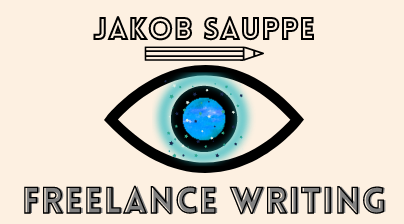The Great Conjunction of 2020
Images made with Space Engine
Once every twenty years, Jupiter and Saturn come so close to one another that their night sky lights are nearly blended into one—a Great Conjunction, as it’s called. And the next one is coming soon!
On December 21st, 2020, at 13:22 UTC, our solar system’s dominating gas giants will achieve a Great Conjunction. If you live in America, the closest approach occurs in the morning, and might be visible if you live on the west coast. For the rest of the country, you’ll have to catch the two close to one another in the evening!
This particular Great Conjunction is a pretty special one. Despite the phenomenon occurring multiple times in a person’s life, the Great Conjunction of 2020 will be the closest the two planets have appeared to us since 1623—about a tenth of a degree apart from one another. This is so close that both planets will be visible in the same telescope view, allowing a user to observe and take photos of Jupiter and Saturn in the same shot! A pretty magical moment, for sure.
The last Great Conjunction took place back in May, 2000. Likewise, the next one won’t happen until October 2040!
So how does a Great Conjunction work?
As you might have guessed, Jupiter and Saturn do not actually sidle up beside each other in space during a Great Conjunction—that would be catastrophic and upset the gravity of the entire solar system! Instead, they only appear to be next to each other from our point of view on Earth. This is due to our two largest gas giants lining up with one another and the Earth in their respective orbits, creating the illusion of proximity from our perspective. Jupiter takes about 11.8 years to complete one orbit around the sun, while Saturn lags at about 29.4 years. A Great Conjunction takes place when Jupiter completes one orbit and then “catches up” to the much slower Saturn again.
During a Great Conjunction Earth, Jupiter, and Saturn (circled) all fall along the same line.
Amazingly, this phenomenon occurs while Jupiter and Saturn are nearly 400 million miles apart!
Because Jupiter and Saturn orbit on a very similar angular plane as the rest of the planets—otherwise known as the ecliptic—they both following the same path through the sky. But during a Great Conjunction, the inclinational differences between the two becomes much more evident, as one planet will be slightly above or below the other. Just because the sun, moon, and planets all follow the same line through the sky doesn’t mean their orbits are exactly the same!
Despite being so close together in our night sky, naked eye observations will still allow most people to distinguish the planets’ two lights.
Don’t underestimate the actual size of these two gas giants, either. Jupiter could fit 1,300 Earths inside its volume (in fact, about two Earths would fit in its Red Dot storm alone!). Saturn is no slouch either; its rings have a diameter of nearly 170,000 miles.
Wondering what the upcoming Super Conjunction will look like?
Depending on where you live, you’ll likely see Jupiter hanging low to the left in a telescope lens while Saturn hovers up and to the right. All four of Jupiter’s Galilean moons should be visible, as well as Saturn’s largest moon, Titan (and perhaps more if you observe under dark skies). This definitely provides you with the most bang-for-your-buck view in the night sky, as you’ll be able to see at least seven outer space worlds at a single glance. Efficient!
Actually, Great Conjunctions have had connotations as omens in the past. Johannes Kepler figured out that these conjunctions successively occur about 120 degrees apart, meaning three conjunctions form a big triangle around Earth. Thus, every 60 years a new point in the triangle—or “Kepler’s Trigon” as it was called—returns to the vicinity of the first point, albeit shifted a little. It was calculated that after about 240 years, or four cycles, the trigon would rest within new zodiacal constellations, which bore importance to astronomers and astrologers back then. Supposedly after 2,400 years have passed, a trigon will finally return to the resting place of the first.
Don’t miss out on observing the Great Conjunction of 2020! Make sure to grab a telescope and glimpse Jupiter and Saturn next to each other—you won’t get the chance again for another twenty years!





